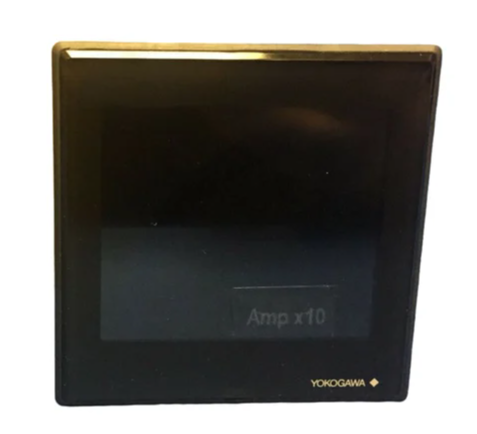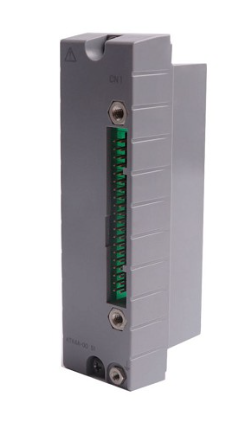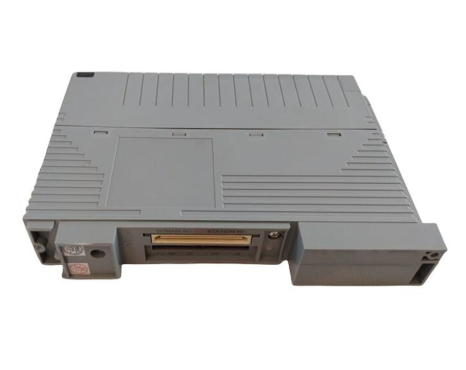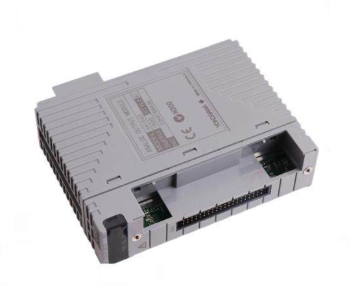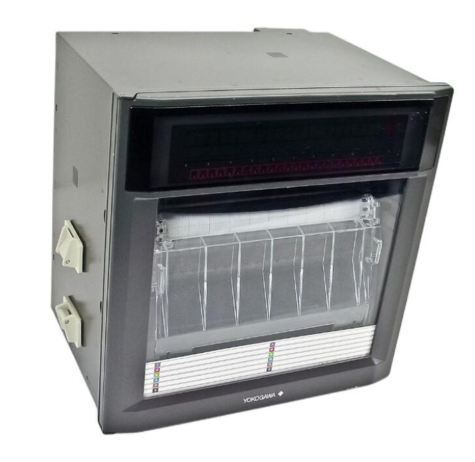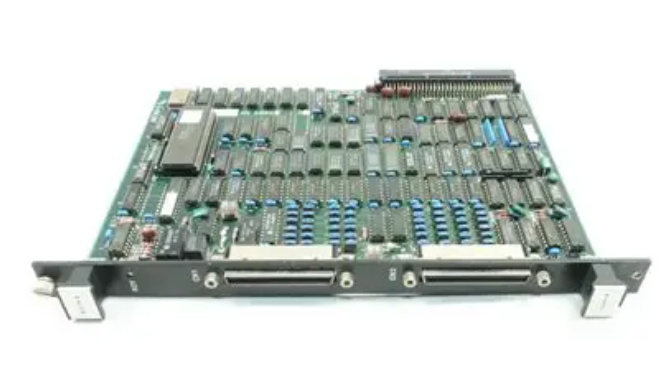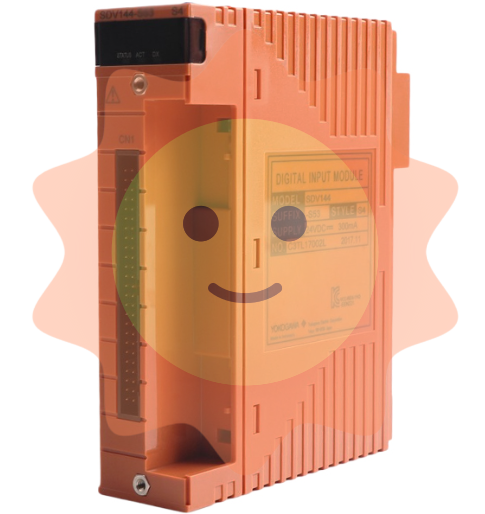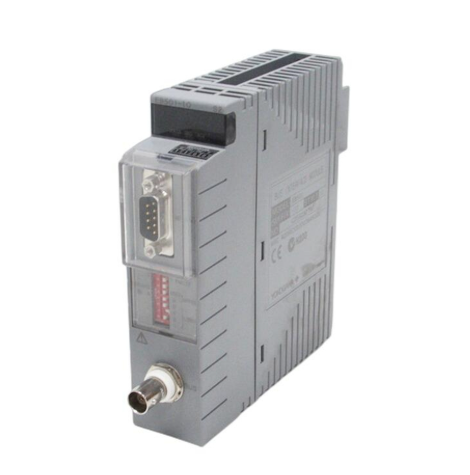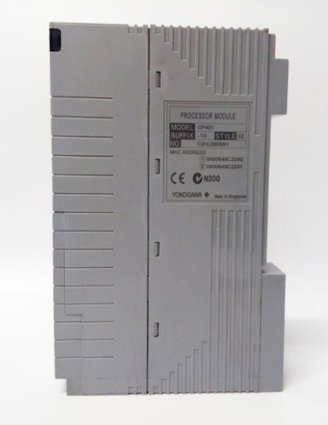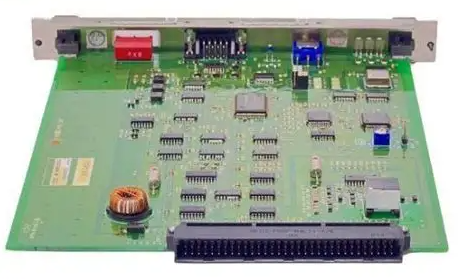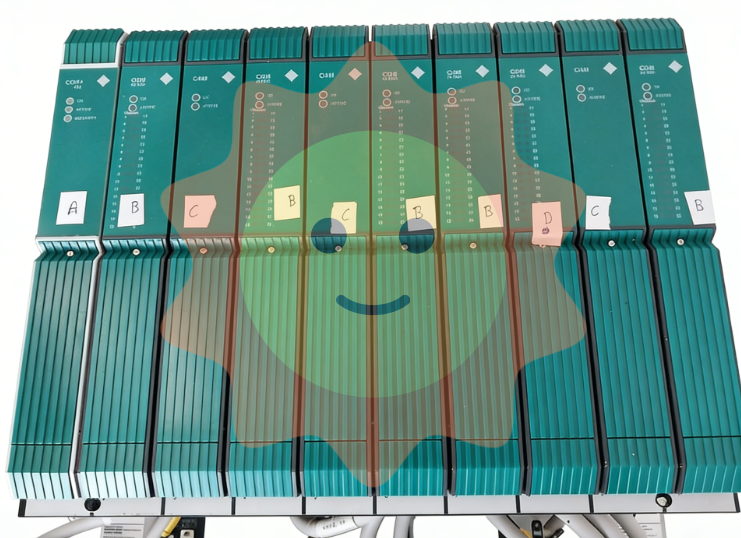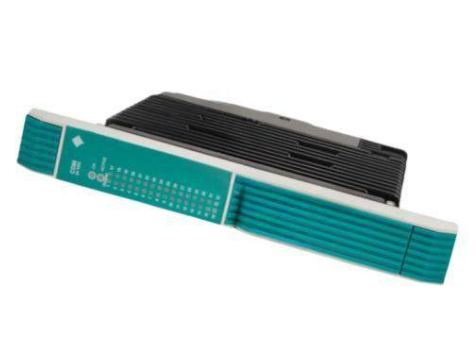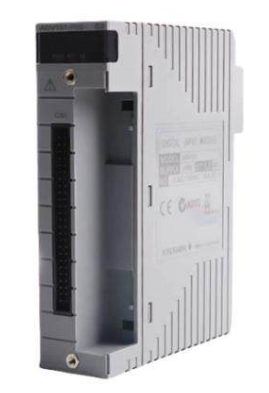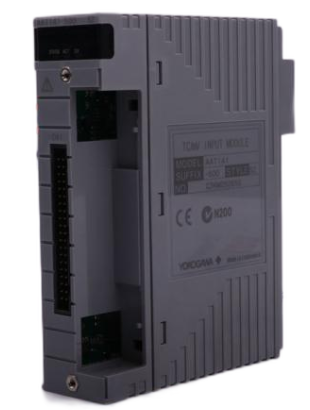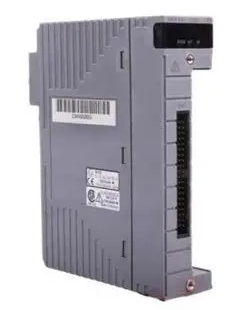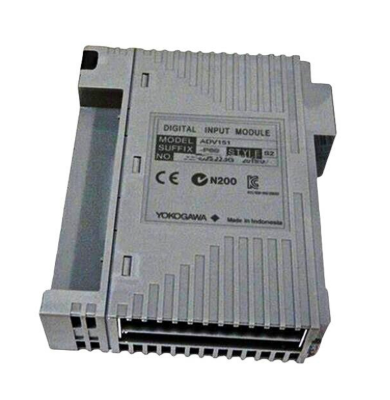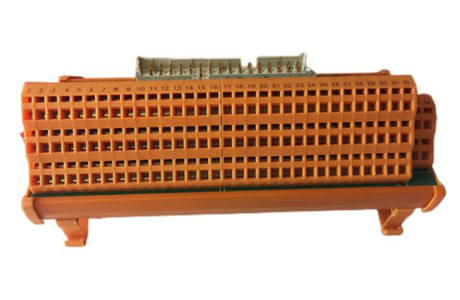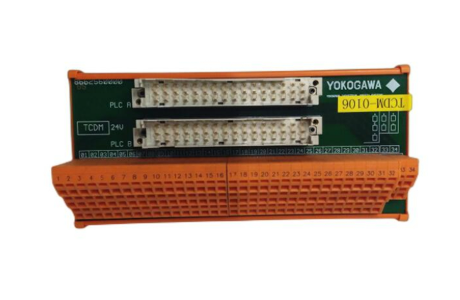ABB Presductor PFTL 101 series pillow block weighing sensor
ABB Presductor PFTL 101 series pillow block weighing sensor
Product positioning
PFTL 101 series sensors are based on Presductor ® High precision force measurement equipment for technology is mainly used for tension detection of coils (such as paper and metal strips) in medium and low voltage industrial environments. By measuring the reaction force generated by the tension of the coil, precise control of the production process is achieved.

Product Overview and Core Features
1. Model and classification
The PFTL 101 series includes 6 models, divided into two categories based on range and material:
A-series: Range 0.5-2 kN (PFTL 102A/AE/EAR), suitable for low tension scenarios;
B series: Range 2-20 kN (PFTL 101B/BE/BER), suitable for medium tension scenarios.
Among them, the "AE/BER" model is made of acid resistant stainless steel (1.4404 material), suitable for corrosive environments; The "AER/BER" model is additionally equipped with fixed cables to enhance sealing.
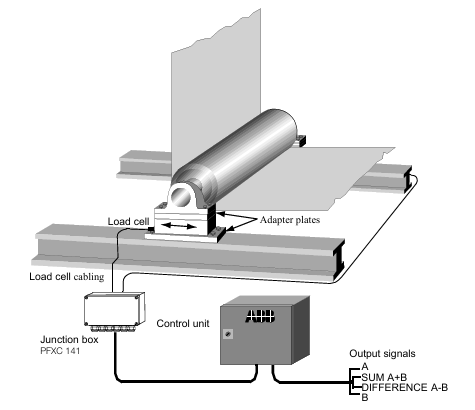
2. Measurement principle
Based on the magnetostriction effect: The sensor core is a laminated alloy sheet, and a magnetic field is generated by passing 330Hz AC power through the primary winding. The secondary winding induces a voltage signal proportional to the tension due to mechanical force. It is only sensitive to forces in the measurement direction and has strong anti-interference ability against lateral and axial forces (with an allowable error of ≤± 0.5%).
3. Key technical parameters
Parameter A series (0.5-2 kN) B series (2-20 kN)
Accuracy level ± 0.5% FS ± 0.5% FS
Linear deviation<± 0.3% FS<± 0.3% FS
Lag error<0.2% FS<0.2% FS
Working temperature range -10~+105 ℃ -10~+105 ℃
Compensation temperature range+20~+80 ℃+20~+80 ℃
Overload capacity (without permanent deformation) 5 times rated load 4-5 times rated load
Material: Stainless Steel (1.4104)/Acid Resistant Steel (1.4404) Stainless Steel (1.4104)/Acid Resistant Steel (1.4404)
System composition and installation specifications
1. System composition
The complete measurement system includes:
2 weighing sensors (used in pairs);
Junction box (signal summary);
Control unit (such as PFXC 141, outputting signals A, B, A+B, A-B);
Adapt cables and installation accessories (adapter board, screws, etc.).
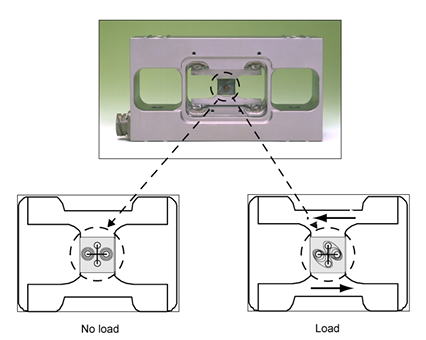
2. Installation requirements
Mechanical installation:
Installation surface flatness error ≤ 0.05mm, adapter plate thickness A series ≥ 30mm, B series ≥ 35mm;
The sensor is fixed with 6 screws (recommended 12.9 grade alloy screws, torque 136-649 Nm, depending on size) to avoid deformation caused by over tightening;
Horizontal or inclined installation is allowed, and when inclined, the measurement force needs to be corrected using the angle compensation formula (see manual 2.5.3).
Electrical connection:
The cable needs to be fixed to avoid generating additional force, and the shielding layer should be grounded at one end;
The primary winding provides a power supply of 0.5A/330Hz, and the secondary signal output impedance is 1-3 Ω, with strong anti-interference ability.
Debugging and maintenance
Debugging steps
Check the installation flatness, screw torque, and cable connection;
Perform zero calibration through the control unit (recalibration is required after replacing the sensor);
Calculate the measurement force under maximum tension (1/2 of the total force borne by each sensor) and set the control unit range.
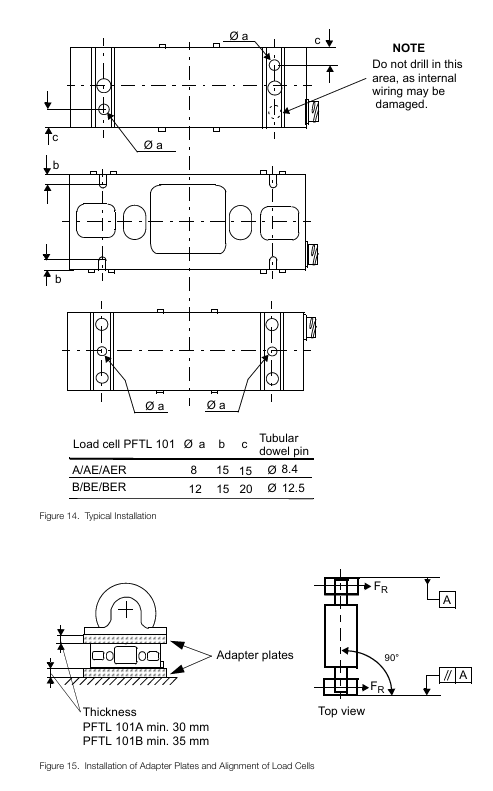
- EMERSON
- Honeywell
- CTI
- Rolls-Royce
- General Electric
- Woodward
- Yaskawa
- xYCOM
- Motorola
- Siemens
- Rockwell
- ABB
- B&R
- HIMA
- Construction site
- electricity
- Automobile market
- PLC
- DCS
- Motor drivers
- VSD
- Implications
- cement
- CO2
- CEM
- methane
- Artificial intelligence
- Titanic
- Solar energy
- Hydrogen fuel cell
- Hydrogen and fuel cells
- Hydrogen and oxygen fuel cells
- tyre
- Chemical fiber
- dynamo
- corpuscle
- Pulp and paper
- printing
- fossil
- FANUC
- Food and beverage
- Life science
- Sewage treatment
- Personal care
- electricity
- boats
- infrastructure
- Automobile industry
- metallurgy
- Nuclear power generation
- Geothermal power generation
- Water and wastewater
- Infrastructure construction
- Mine hazard
- steel
- papermaking
- Natural gas industry
- Infrastructure construction
- Power and energy
- Rubber and plastic
- Renewable energy
- pharmacy
- mining
- Plastic industry
- Schneider
- Kongsberg
- NI
- Wind energy
- International petroleum
- International new energy network
- gas
- WATLOW
- ProSoft
- SEW
- wind
- ADVANCED
- Reliance
- YOKOGAWA
- TRICONEX
- FOXBORO
- METSO
- MAN
- Advantest
- ADVANCED
- ALSTOM
- Control Wave
- AB
- AMAT
- STUDER
- KONGSBERG
- MOTOROLA
- DANAHER MOTION
- Bently
- Galil
- EATON
- MOLEX
- Triconex
- DEIF
- B&W
- ZYGO
- Aerotech
- DANFOSS
- KOLLMORGEN
- Beijer
- Endress+Hauser
- MOOG
- KB
- Moxa
- Rexroth
- YAMAHA
- Johnson
- Westinghouse
- WAGO
- TOSHIBA
- TEKTRONIX
- BENDER
- BMCM
- SMC


Email:wang@kongjiangauto.com

